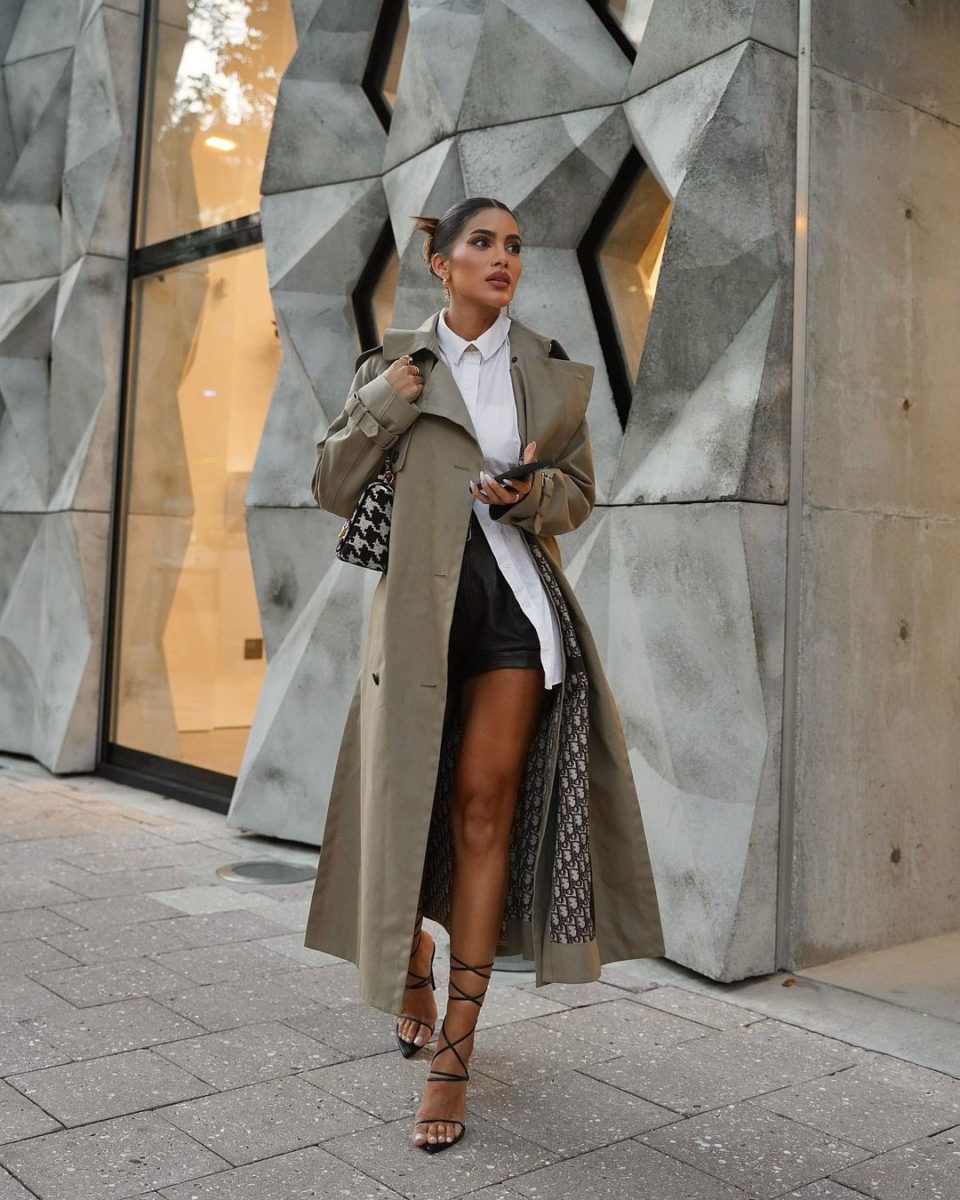Trends come and go, but the question remains: after all, how is a trend born?
Observed on a global level, the trends arise from macro-trends in behavior and consumption, whether cultural or economic. What are the movements and issues that are most influencing people at the moment? By identifying this, you can get an idea of what may be reflected in the next fashion and beauty collections – as well as others in other areas.

Events also determine a trend – be it positive or negative. The coronavirus pandemic is a negative example that has resulted in some trends, such as the use of mask and hand sanitizer, for example.
In the beauty area, we noticed that the use of masks, lipstick, and heavy makeup gave way to a skin dominated by multifunctional skincare products, leaving it cleaner and lighter.
In fashion, as people have spent more time at home in the last two years, high-heeled shoes and more formal clothes have given way to comfort and practicality, with more casual pieces.

Fashion professionals predict, analyze, and plan what might become a trend at least a year before it actually happens, since they need to define the best way to interpret and adapt it to the fashion universe.
However, a hot trend appears “out of nowhere”, without a prediction being made beforehand and so the entire market adapts to absorb it quickly and adapt it to its niche.

Have you ever noticed how at Fashion Weeks, brands present more artistic and exaggerated collections? These pieces do not necessarily go to stores, but a more “translated” version – made together, between research professionals and professionals closer to the general public.
This is the role of the coolhunter, a professional specialized to interpret trends and guide them according to the specifics and possibilities of the business. So, the next step is to design and produce the possible pieces for the next collection.

